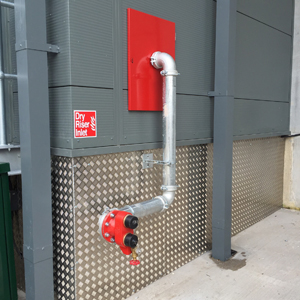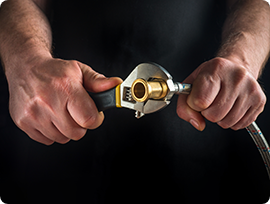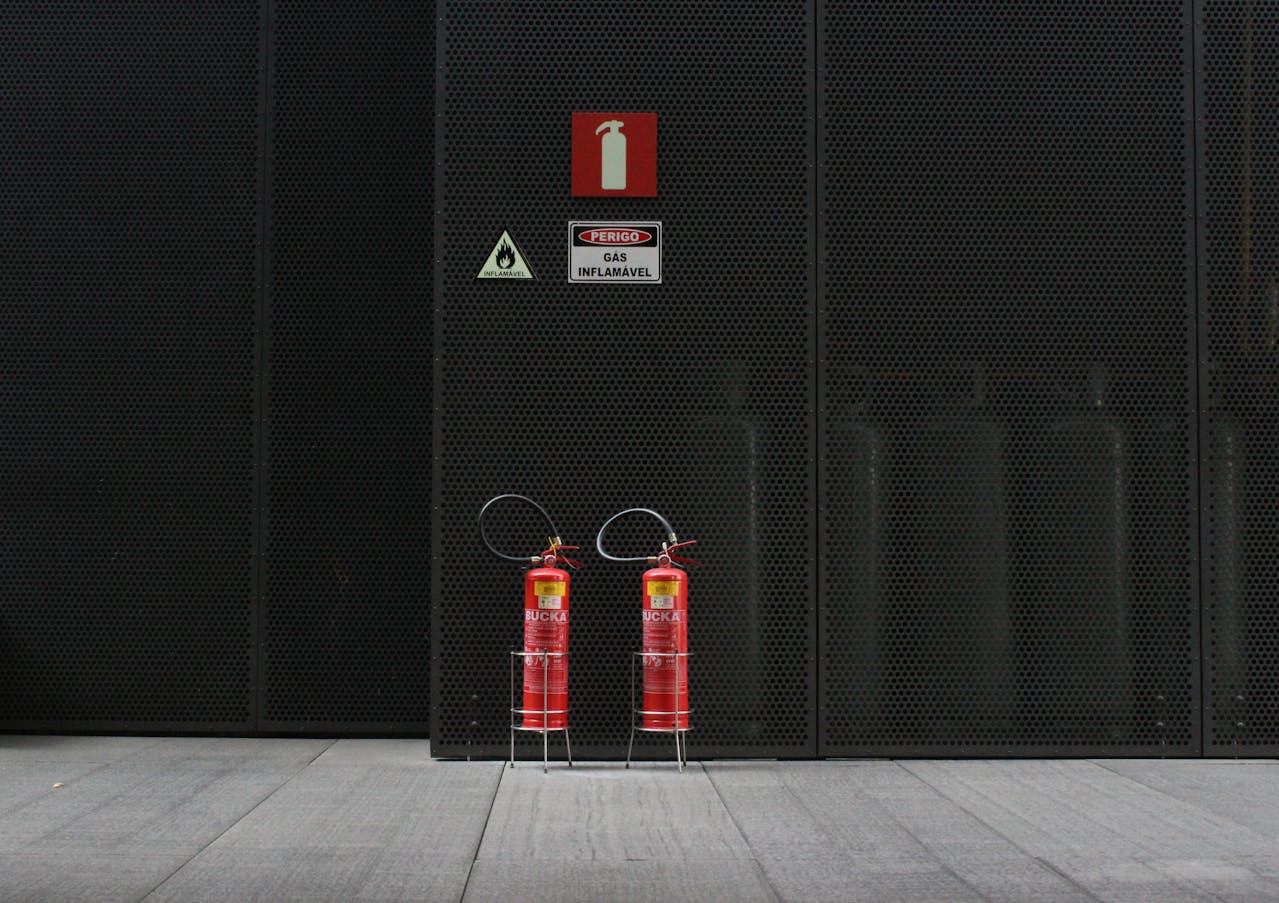Fire Safety
Training
Request A Service

Over 5 years

Dry Risers Worked With

Wet Risers

Anytime , anywhere
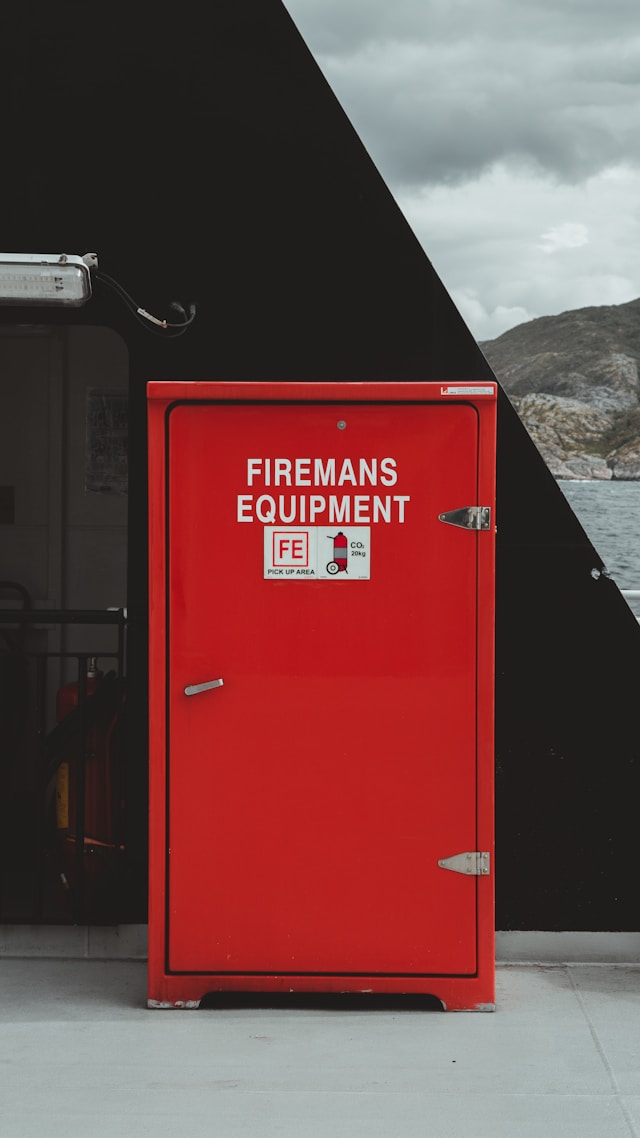
Fire Safety By Dry Riser Solutions
There are many uses of fire. However, when improperly handled, fire can be dangerous. It can destroy lives and properties, and cause injuries. There are numerous repercussions when a fire happens in the workplace. Other than those earlier mentioned, it can also cause termination of jobs because plenty of offices and factories that have been destroyed by fire may not be rebuilt. This is why we do BS9990 and BS9251 testing.
This is why fire safety training in the workplace is imperative. It is one of the major strategies in keeping such a place safe and protected from the ravages of fire.
Proper fire safety training in the workplace can educate workers about eliminating fire hazards. It will train them in responding quickly and efficiently in case a fire takes place. Or else, without fire safety training, even when a small occurrence breaks out, it can become a consequential incident that can bring about devastating situations.
Nobody is spared from the risks of a fire. However, there are workers who may be more predisposed to such incident because of the time and location of their work, or because of their unfamiliarity to the premises and the equipment present in their work site.
The significance of fire safety training in the workplace is to therefore teach workers to recognize fire hazards and to conduct a fire safety risk assessment. Likewise, it will instruct them to prevent a fire in the workplace, and to respond to it if ever it occurs.
How To Recognise Fire Hazards
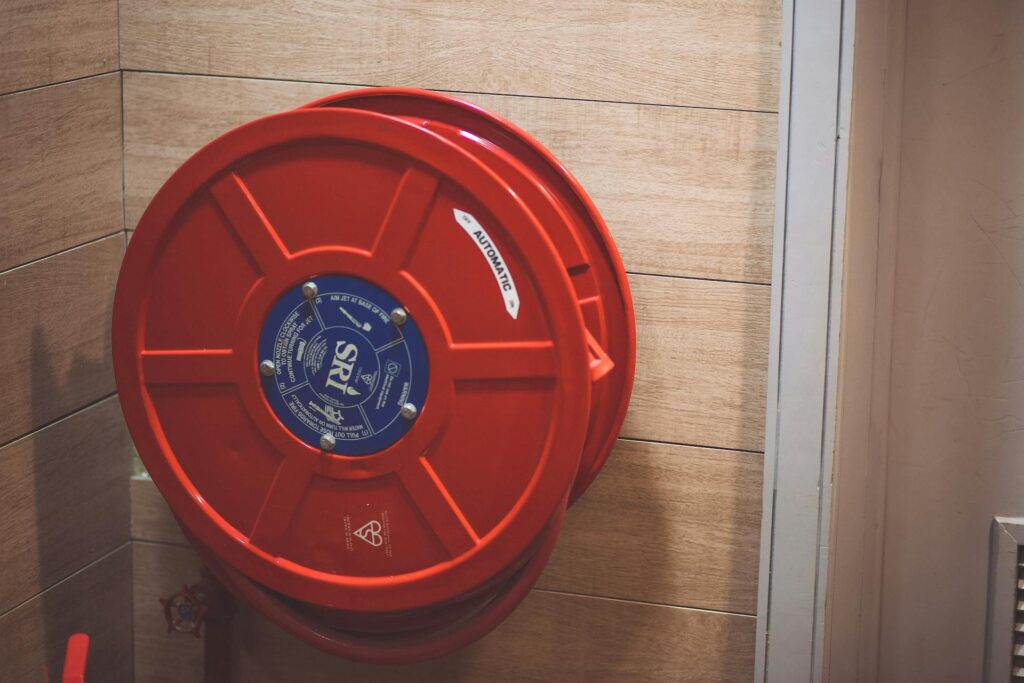
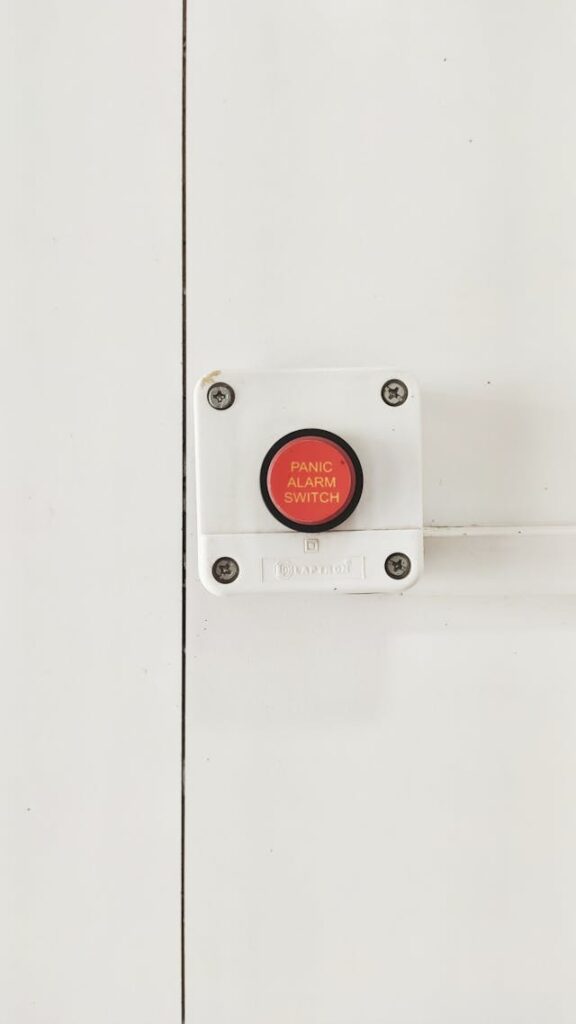
How To Conduct A Fire Safety Risk Assessment
What does the workplace need to prevent a fire from ensuing? People in it need to be safe. The factors associated with these are identified in a fire safety risk assessment. In the assessment, the following factors are ascertained:
Equipment for fire-fighting
- Emergency routes and exits
- The plan for evacuation during a fire emergency
- Fire detection and warning systems
- The safe storage or removal of hazardous substances
- The needs of disabled or vulnerable individuals
- Communication with the employees, or all the people within the premises
- Fire safety training for the staff
At the outset of a fire safety risk assessment, fire hazards are identified. Who are the people at risk? How prepared is the workplace for an emergency, and how effective are its controls? Its involving factors are singled out and the information derived will allow employers to make the necessary improvements to ensure the efficiency of their fire safety plans and reduce or eliminate risks. Employers should see to it that the workers receive appropriate training as well.
What To Do When A Fire Starts?
Workers must be prepared and know what to do in the event of a fire. They should be well-informed about how to work together to immediately and effectively stop the progression of a fire. What do workers learn at fire safety training?
- The emergency plan of the company
- The role of the workers in the emergency plan
- The procedure of activating the fire alarm so that building occupants can vacate
- How to immediately escape from the area while closing the doors behind them
- Locate the designated muster areas outside the building
- How to effectively contend with or know what to do in case they meet heat or smoke as they exit
- The procedure of using a portable fire extinguisher to eliminate a small fire


When To Use Fire Extinguishers
Portable fire extinguishers are typically contained in most workplaces. Fire safety equipment such as these is usually only used to put out small and contained fires such as those that break out in waste baskets. In various workplaces, fire extinguishers may or may not be used to put out electrical or grease fires.
If unable to receive proper training, workers should not use portable fire extinguishers to eradicate a fire.
Through fire safety training, workers learn that they should never fight a fire
- If fire is getting large or already spreading
- If spreading fire is blocking their escape route
- If they have not been trained to properly use the extinguisher or are unsure of the nature of the fire
When fighting a fire, workers should
- Contact 911 first
- Make sure that everyone has vacated or is leaving the building or area
- Everyone Should Take Responsibility
Employers and employees alike are responsible when it comes to preventing fire in the workplace. The threat of fire to people and property can be reduced by teaching everyone how to work together and implement the necessary procedures to prevent and fight it through a comprehensive process of fire safety training.
- When fitting a dry fire main, provide a two-way breeching for 100 mm mains. Each breeching should conform to BS5041-3. Locate each breeching in a dry riser inlet box conforming to BS5041-5 with the enclosure measuring between 400 mm and 600 mm above the ground.
- Horizontal (floor-mounted) inlets are not suitable for most fire main applications.
- The operating pressure of dry fire mains should be up to 12 bar.
- Fit all drain valves inlet breeching with a 25 mm drain valves, conforming to BS5041-3.
- Install an air release valve at the top of all vertical mains to allow for venting of air from the mains.
- Install a landing valve with its lowest point measuring about 750 mm above the ground.
- Provide a landing valve at each floor level, including the landing floor level.
- Install and protect landing valves for fire mains within a box per BS5041-4.
- Install inlet connections for fire main in an external wall or in a boundary wall of a building near the mains they serve, ideally on the exterior face of the fire-fighting shaft and adjacent to the access point.
- Landing valves for dry mains should conform to BS 5041-2. Outlets should be directly threaded. Instead, they should be flanged to allow for easy maintenance.
Additional Services

Dry Riser Installation

Dry Riser Testing

Dry Riser Regualations

Wet Riser

Wet Riser Systems

Fire Sprinkler Servicing

Fire Hydrant Servicing

Fire Hyrdrant Flow Testing

BS9990

BS9251

Fire Safety Training

HMO Fire Assesment
